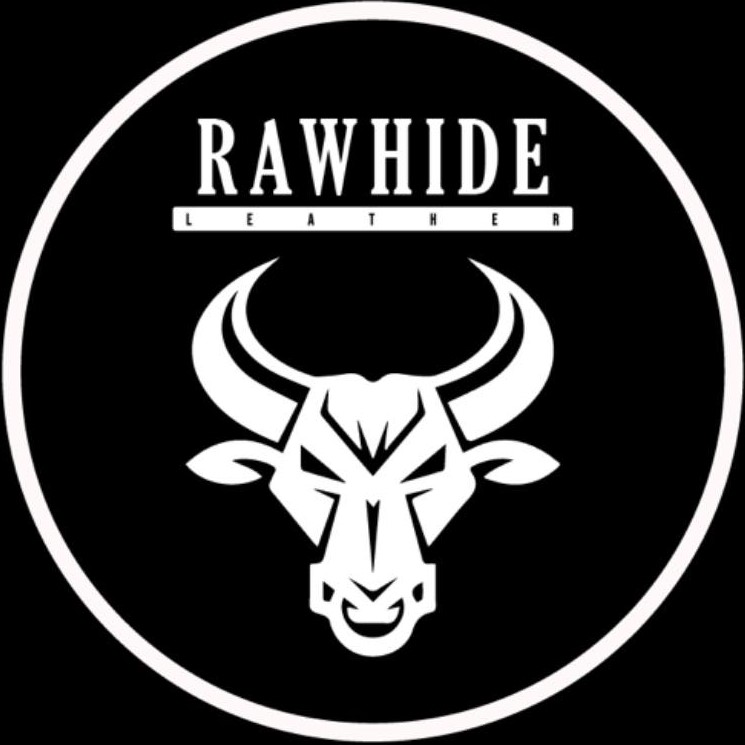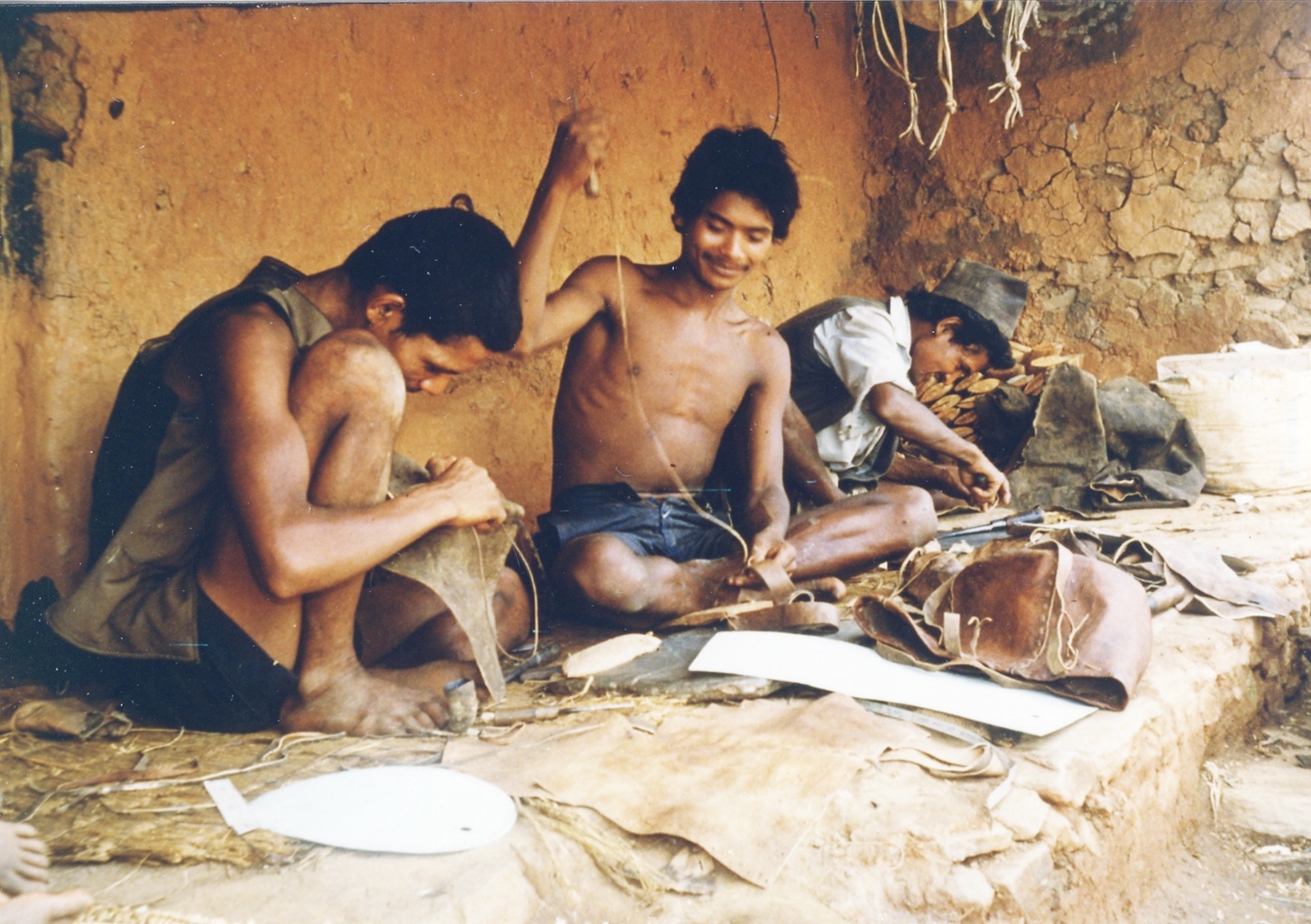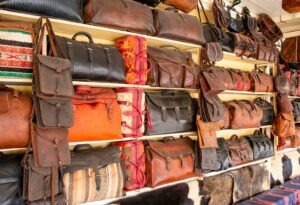Nestled in the heart of the Himalayas, Nepal is renowned for its breathtaking landscapes, rich cultural heritage, and vibrant traditions. Among its many industries, the leather sector stands out as a significant player in the country’s economy, intertwining with Nepal’s historical roots and modern-day development.
A Historical Perspective
The leather industry in Nepal has ancient origins, dating back several centuries. Traditional practices of leather crafting were deeply rooted in the artisanal skills passed down through generations. Historically, leatherwork in Nepal was not only a means of livelihood but also an integral part of cultural rituals and daily life.
In the early days, local artisans primarily used animal hides from cattle, buffalo, and goats. These hides were processed using natural methods, involving tannins derived from plant sources. The craftsmanship involved in creating leather goods was highly specialized, with each piece reflecting the skills and creativity of the artisan. Traditional leather products included shoes, belts, and various items of clothing, as well as ceremonial artifacts and religious items.
The Evolution of the Leather Industry
The modern leather industry in Nepal began to take shape during the late 19th and early 20th centuries. The introduction of new technologies and methods gradually transformed traditional practices. The industrialization of leather processing, particularly after World War II, brought about significant changes. Factories and processing units were established, adopting more efficient techniques and expanding the range of products.
The establishment of the Nepal Leather Industry Association (NLIA) in the late 1980s marked a pivotal moment in the sector’s evolution. The association played a crucial role in promoting the industry, advocating for better practices, and fostering connections with international markets.
Current Scenario
Today, the leather industry in Nepal is a dynamic and evolving sector with substantial economic importance. The industry’s growth is driven by several factors:
- Diverse Products: Nepal’s leather industry now produces a wide array of products, including footwear, bags, belts, wallets, and jackets. The sector caters to both domestic and international markets, with Nepalese leather goods gaining recognition for their quality and craftsmanship.
- Sustainable Practices: In recent years, there has been a growing emphasis on sustainability within the industry. Efforts are being made to adopt eco-friendly tanning processes, reduce waste, and improve working conditions. Many producers are exploring the use of vegetable-based tanning methods, which are less harmful to the environment compared to traditional chemical methods.
- Export Potential: Nepal’s leather products have found a place in global markets, with significant exports to countries in Europe, North America, and Asia. The export potential is bolstered by the unique appeal of handcrafted items and the growing demand for ethical and sustainable products.
- Challenges: Despite its progress, the industry faces several challenges. Issues such as inconsistent quality, limited access to advanced technology, and environmental concerns related to traditional tanning methods need to be addressed. Additionally, there is a need for better training and capacity-building to ensure that artisans can compete effectively in the global market.
- Government and Institutional Support: The Nepalese government and various institutions are increasingly recognizing the importance of the leather industry. Initiatives aimed at providing financial support, infrastructure development, and training programs are helping to bolster the sector’s growth.
Looking Ahead
The future of the leather industry in Nepal holds promise, with opportunities for growth and innovation. As global trends shift towards sustainability and ethical consumption, Nepal’s focus on eco-friendly practices and artisanal quality can serve as key differentiators in the international market.
Embracing modern technologies while preserving traditional craftsmanship will be crucial in enhancing the industry’s global competitiveness. With continued support from the government, industry associations, and stakeholders, the leather sector in Nepal can look forward to a thriving future, balancing heritage with innovation.
In conclusion, the leather industry in Nepal is a testament to the country’s rich history and its potential for future success. From its traditional roots to its modern evolution, the sector reflects Nepal’s ability to blend cultural heritage with contemporary advancements, making it a fascinating and integral part of the nation’s economic landscape.




